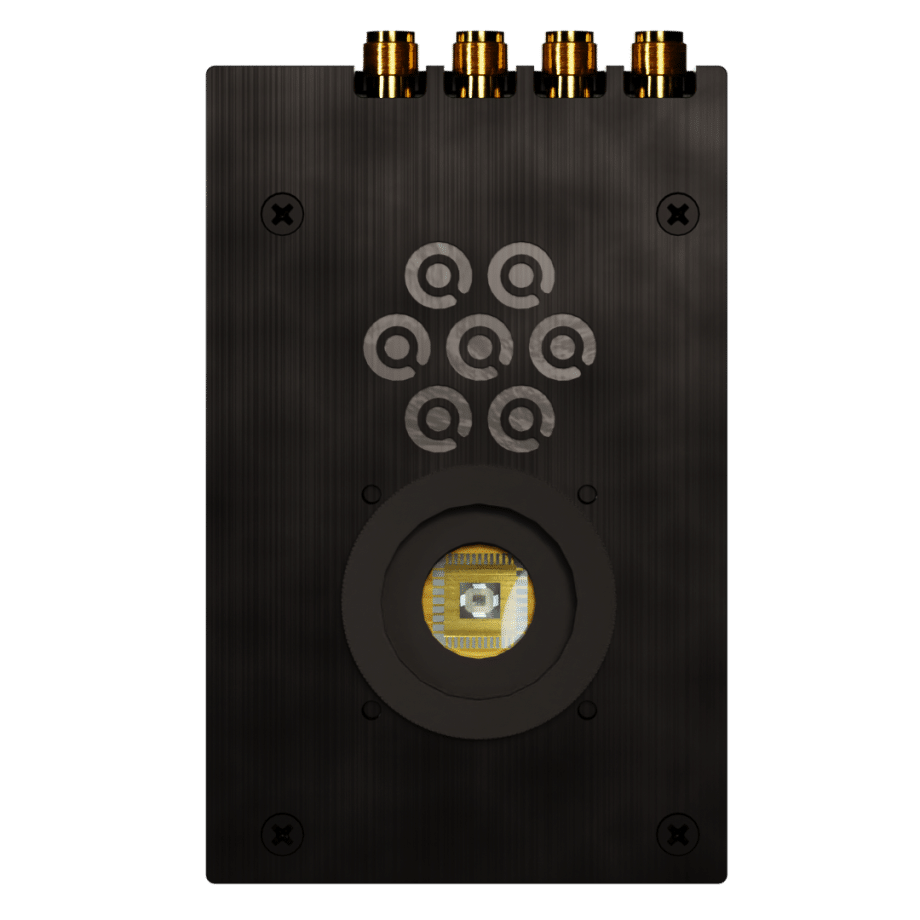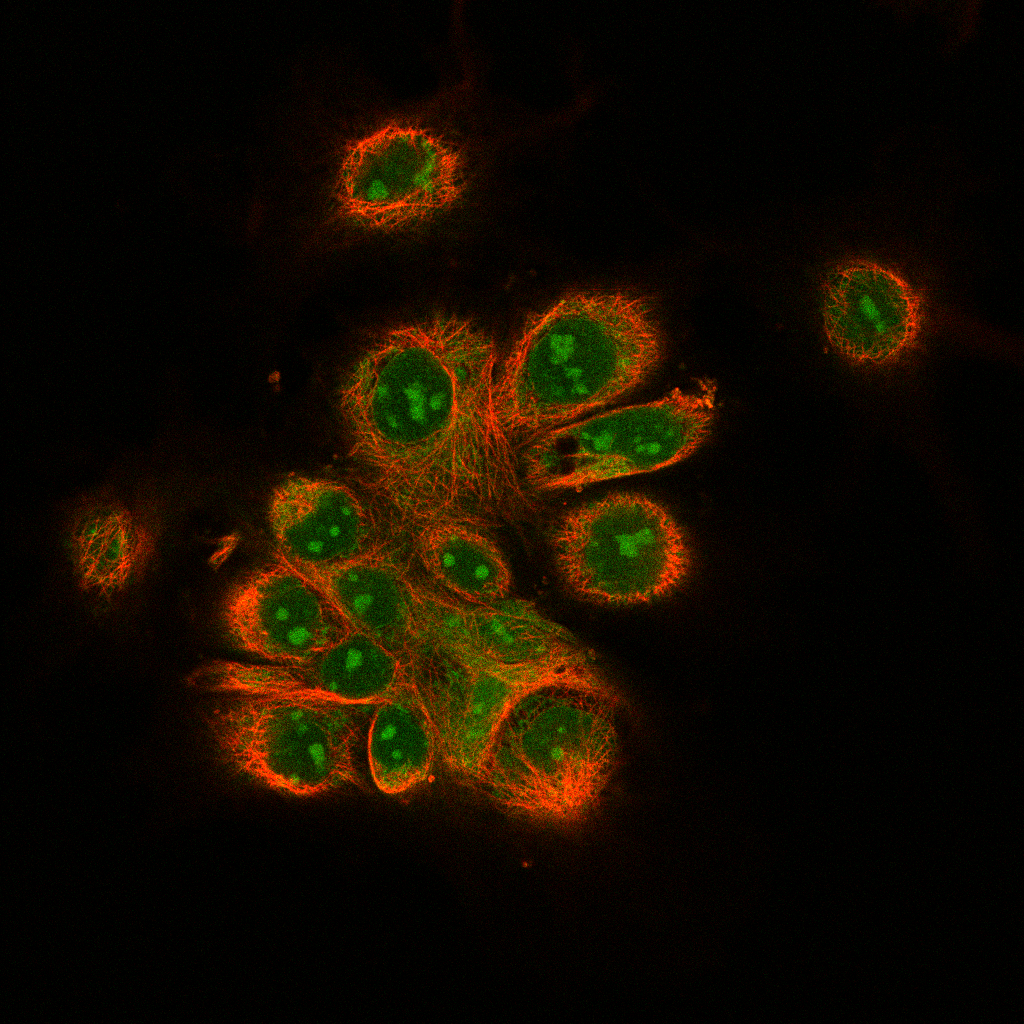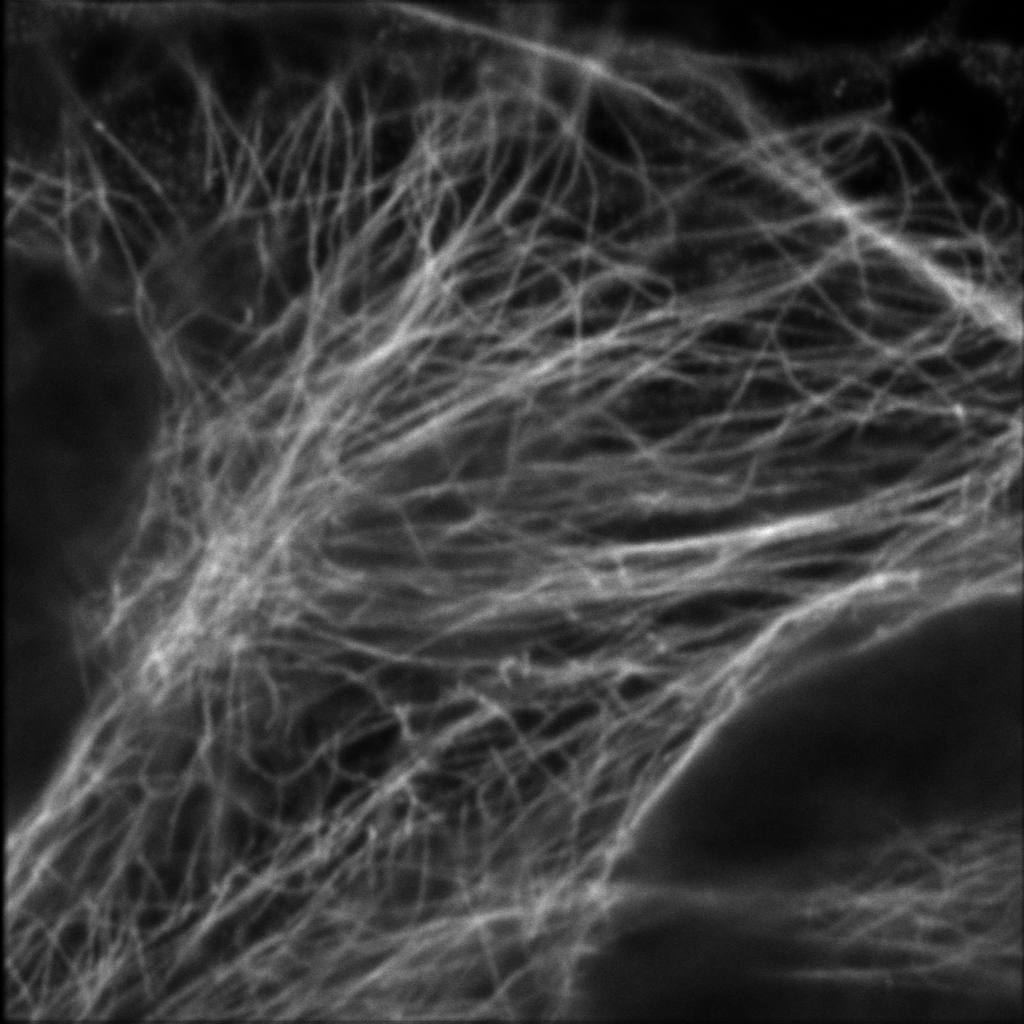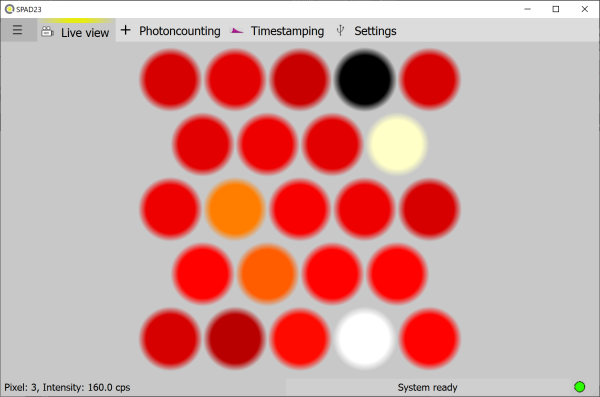SPAD23 photon-counting SPAD array, in a nutshell
SPAD23 is a photon-counting array with 23 hexagonally packed single-photon avalanche diodes (SPADs) with best-in-class performance. SPAD23 is based on proprietary SPAD chips with optimized pixels for high sensitivity and low noise. It enables a peak photon detection probability of more than 50%, a typical dark count rate of less than 100 counts per second and literally zero readout noise.
SPAD23 enables photon counting at a maximum rate of 7.8 M counts per second, and time tagging with a resolution down to 20 ps and software control can be accessed through TCP/IP for easy integration into LabVIEW, Matlab, or Python.
What is a SPAD or single-photon avalanche diode ?
A single-photon avalanche diode or SPAD is a solid-state photodetector based on a reverse biased semi-conductor p-n junction like photodiodes and avalanche photodiodes (APDs), but unlike regular photodiodes, a SPAD operates in a mode called “Geiger mode” where a single incoming photon will create an electron-hole pair which will be amplified enough to create a measurable current. Therefore SPADs are intrinsically able to detect single-photons, with a very high temporal resolution.
The key component of a SPAD is a region within the diode called the depletion region. This region is designed to have a high electric field, which allows it to function as a high-gain avalanche photodiode. When a single photon interacts with the depletion region, it generates an electron-hole pair. The high electric field across the depletion region causes the electron and hole to accelerate, leading to a process known as impact ionization in which each electron or hole can gain enough energy to generate another electron-hole pair, resulting in an avalanche effect. This avalanche process rapidly amplifies the initial signal, converting the weak optical signal from the single photon into a detectable electrical pulse.
SPADs can be compared to other single-photon detection technologies such as PMTs and APDs, but SPADs have several advantages over those two type of detectors.
Compared to photomultiplier tubes (PMTs), SPADs have:
- higher sensitivity over wider spectral range ;
- better time resolution ;
- less bulky so more suitable for assembling into large arrays ;
- less sensitive to electromagnetic or mechanical perturbations.
Compared to avalanche photodiodes (APDs), SPADs have:
- higher detection efficiency ;
- smaller active areas ;
- generate less dark counts.
What is a SPAD array ?
A SPAD array refers to an arrangement of multiple single-photon avalanche diodes (SPADs) that are integrated into a two-dimensional array format. Each SPAD within the array operates independently and is capable of detecting individual photons. The SPAD array combines the sensitivity and photon-counting capabilities of SPADs with the ability to detect photons across a larger spatial area.
Each SPAD in the array is assigned a unique address, allowing individual SPADs to be accessed and controlled independently. This addressing scheme enables selective readout of specific SPADs or groups of SPADs within the array, providing flexibility in data acquisition and analysis.
The main advantage of using a SPAD array is the ability to perform spatially resolved photon detection. By detecting photons across multiple locations simultaneously, it allows for the capture of detailed spatial information about the incoming light. This is particularly useful in applications such as imaging, where the spatial distribution of photons can be used to construct images or maps.
To view more photon counting cameras, click HERE.
To visit the manufacturer’s website, click HERE.
SPAD Array Applications
Confocal microscopy: ISM, FLIM, FRET, FCS, STED, …
The utilization of SPAD arrays increases light collection, enabling innovation in laser-scanning confocal microscopy. This advancement ultimately results in sharper and brighter imaging, offering functional insights into molecular functions, interactions, and enviroments. SPAD arrays have the following benefits in confocal microscopy:
- Achieve super-resolution using standard confocal microscopes.
- Increase light collection.
- Acceleration of imaging speed.
- Reduction of background noise levels.
Quantum Information: Antibunching, Coincidence Correlation, Quantum Random Number Generation
Temporal photon correlations and photon number resolving (PNR) are pivotal for exploring the quantum properties of light. SPAD arrays, characterized by extremely low crosstalk, facilitate reliable measurements of second and third-order photon correlations, as well as the generation of quantum random numbers for unbreakable encryption. SPAD arrays offer the following advantages in quantum information:
- Simplification of setup with single-chip multi-channel detection.
- Increase data rates with detector parallelization.
- Photon number resolving (PNR) detection.



















